During an early June visit by my friend Mike from Atlanta, GA, we decided to look in on Banning State Park near Sandstone, Minnesota, an intriguing place I last visited more than 30 years ago.
The park, just off Interstate 35, about midway between Minneapolis and Duluth, is not a primary destination for most folks. They whiz on by at 70 per, completely unaware of the park as they head for Duluth, or for their lakeside cabins further north, or for recreation on the north shore of Lake Superior. Banning State Park stretches along the rockbound Kettle River but it has no lake for recreation. Since most Minnesotans prefer their watery recreation in boats on lakes, Banning's rapids on the Kettle River are left to the kayakers.
Banning, in Minnesota's "Big Woods" biome, is covered by cool dark maple and oak forest with a few pines mixed in, quite a contrast to the open prairie biome where I live. Entering the Big Woods habitat is, for me, like a venture to another country.
Some orange hawkweeds welcomed us to the park with their bright cheerful flowers. I have seen this invasive European plant as far south as the Florida panhandle but nowhere is it as lush and beautiful as in Minnesota's "Big Woods". I once read that the ancient Greeks gave this plant its name because they believed hawks got their excellent vision by eating it.
We relaxed as we rambled on down a wooded trail, protected from the hot sun, checking the inhabitants along the way.
We passed a feasting chipmunk that paid us no attention.
And a garter snake who also seemed unconcerned, and even curious about us.
Numerous newly hatched Canadian Tiger Swallowtail butterflies added color to the scene. This pair, engaged in a little courtship activity, were so intensely focused that they did not show the usual wariness of the species.
The trail along the river brought us to arresting landscapes of trees, rocks, and water. It's a good place for a photographer.
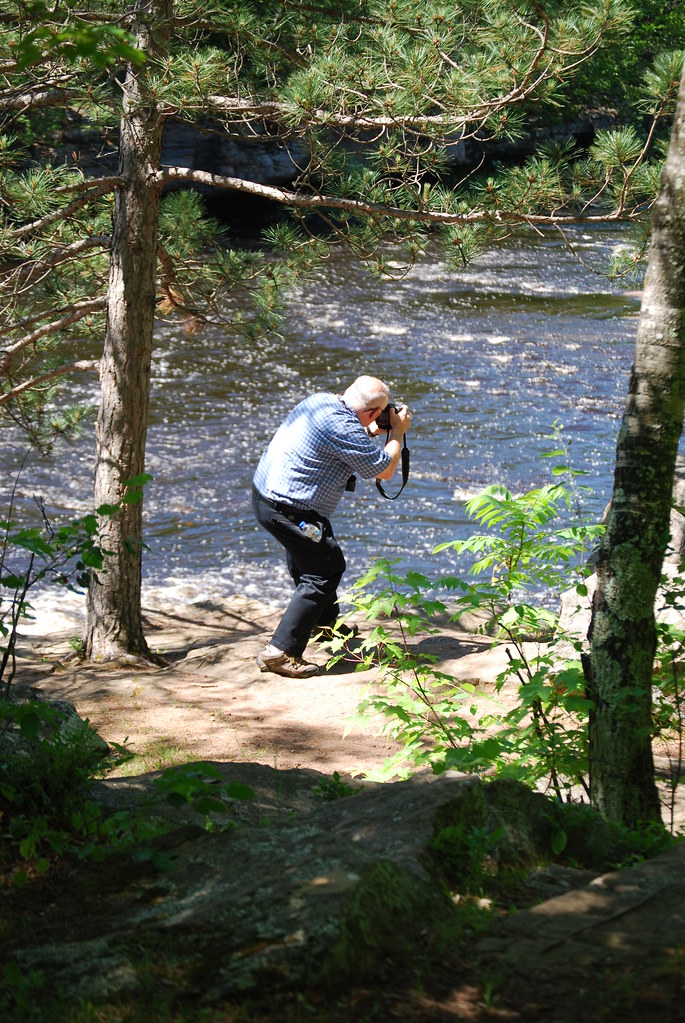
And a great locale for many species of dragonflies and damselflies.
Michael Birnbaum photo
The Kettle River is relatively smooth and placid where it enters the park.
Then it pours over layers of the local red sandstone and swirls around boulders as it moves down the course it has carved through other sandstone layers over thousands of years.
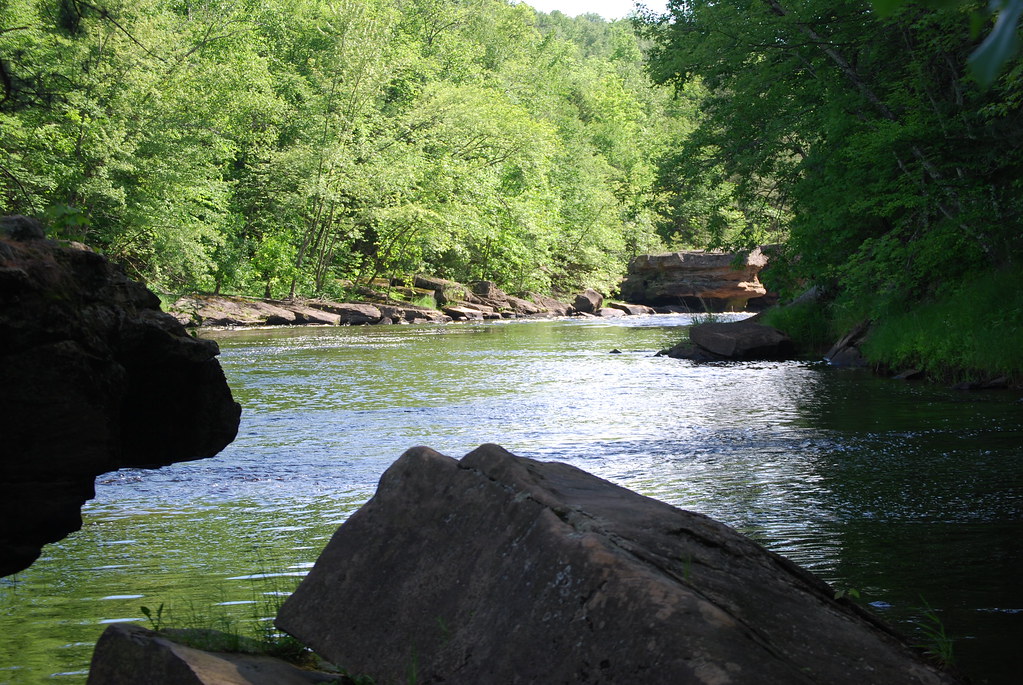
At one point a boulder, polished smooth by the endlessly abrading river, reminded us of a large animal trying to clamber up the river bank.
From a high spot we looked down on a lone empty-handed fisherman enjoying the sun and the river even without a catch.
The river exits the lower end of the park through Hellsgate Rapids, a challenging stretch of whitewater for Minnesota kayakers. During our visit the water was a low normal, but a rise in river level can turn these rapids into a treacherous challenge. Here's a link to an example of what these rapids can be like on a good kayaking day.
http://www.youtube.com/watch?v=u4gB3EWiSJY&feature=related
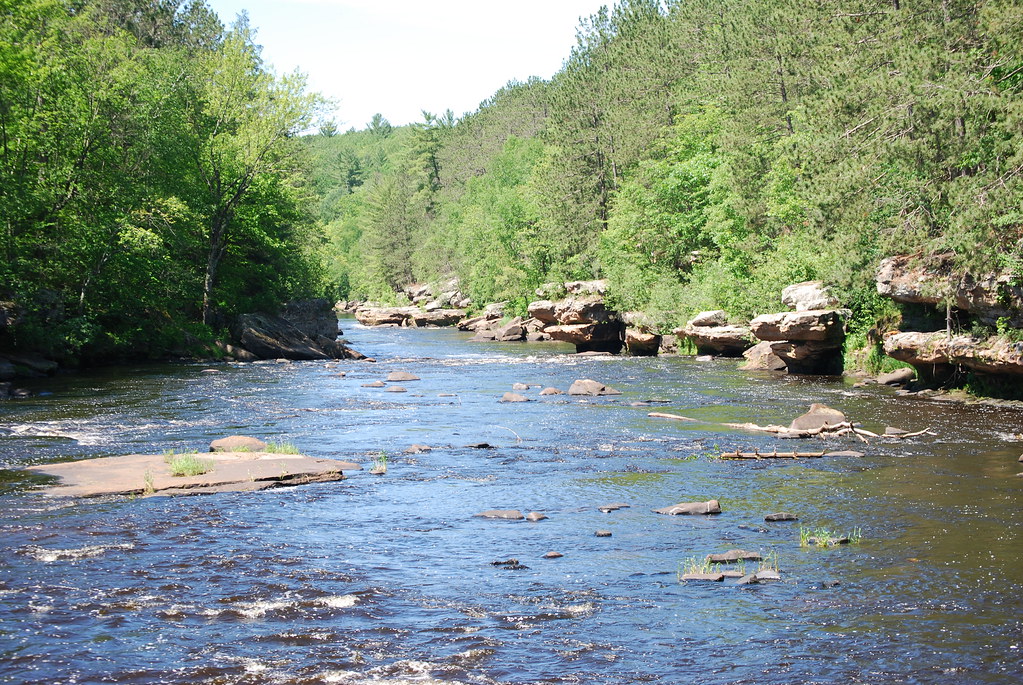
What makes Banning especially interesting is the fact that it once was the site of a small town focused on a single industry, the quarrying of the local red sandstone for building blocks. The red sandstone is found in lovely old courthouses and other buildings throughout the region.
The quarrying business supported about 400 residents from 1892 until the quarry closed in 1910. Over the next decade the town of Banning faded away, and now nature has reclaimed the townsite and is obliterating the last traces of the human activity of that era.
One hiking trail follows the old roadbed along the working face of the quarry, the area where slabs of rock were cut away from the vertical exposure. The picture below shows holes drilled by the long gone miners. They are visible in the stone and look like long stripes.
Waste fragments of quarried sandstone were left beside the trail. The size of the trees that have grown up since the quarry closed gives some idea of how slowly trees grow in this northern climate where they bear productive green leaves for about four months of the year.
Michael Birnbaum photo
The river trail passes by some of the old quarry buildings looming up like ancient Mayan ruins in the jungle. The standing remnants of the quarry powerhouse exude an aura of mystery. How many people spent their days tending the machinery in this building a century ago?One view of the powerhouse evokes the sense of an ancient abandoned temple.
Michael Birnbaum photo
Thirty years ago there
was a power house dam here. It has since been removed to free the Kettle in its
downward course to the St Croix River.The remains of the crusher building near the powerhouse reminds one of a European castle remnant.
The large slabs from the quarry were cut into finished product on these sliceways. Can you see, in your imagination, the men who labored here dressing out the stone to make uniform building blocks?
A large eyebolt, part of the sliceways, shows very little rust after more than a hundred years. One can conjure an image of the men who installed it taking pride in a job well done with no thought for how long their work would outlast them.
As we walked the trails I saw more than the ruins of a long dead business. I envisioned men carrying lunches as they walked to work. I could see the ghosts of quarrymen cutting rock on the quarry face with tools and techniques as old as this ancient industry. I could imagine children running along a path, shouting and playing tag. I could see and hear the steam engine crews and the engines themselves hauling away the finished red blocks on the railroad tracks that were here then. These hard working people, largely unknown in their own time, and completely unknown to us, must have had children. Their grandchildren and great grandchildren must still be among us, probably knowing little or nothing of the details of the old way of life at Banning. Only these ruins and the ghosts we conjure remind us they were here. As we pass by we should thank those long forgotten residents for the red sandstone buildings we still admire today, more than a century later.
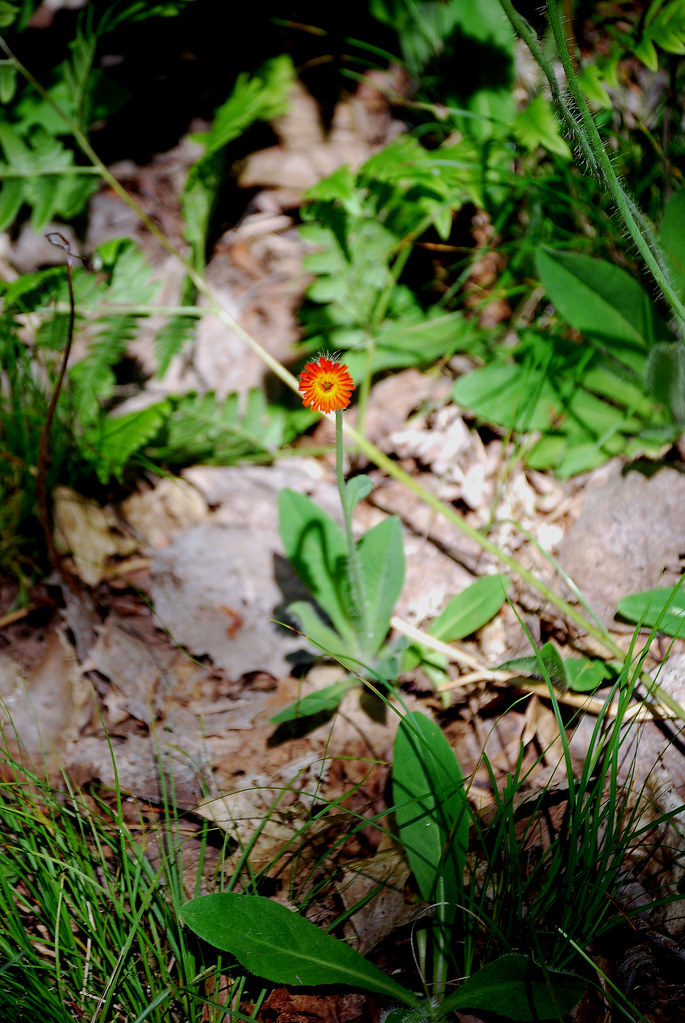
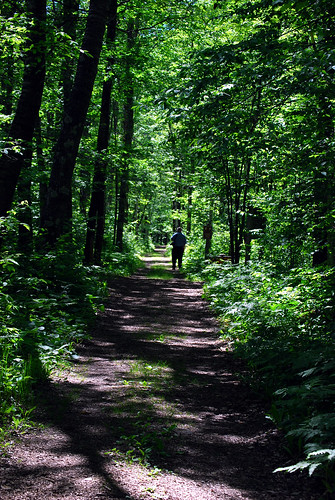
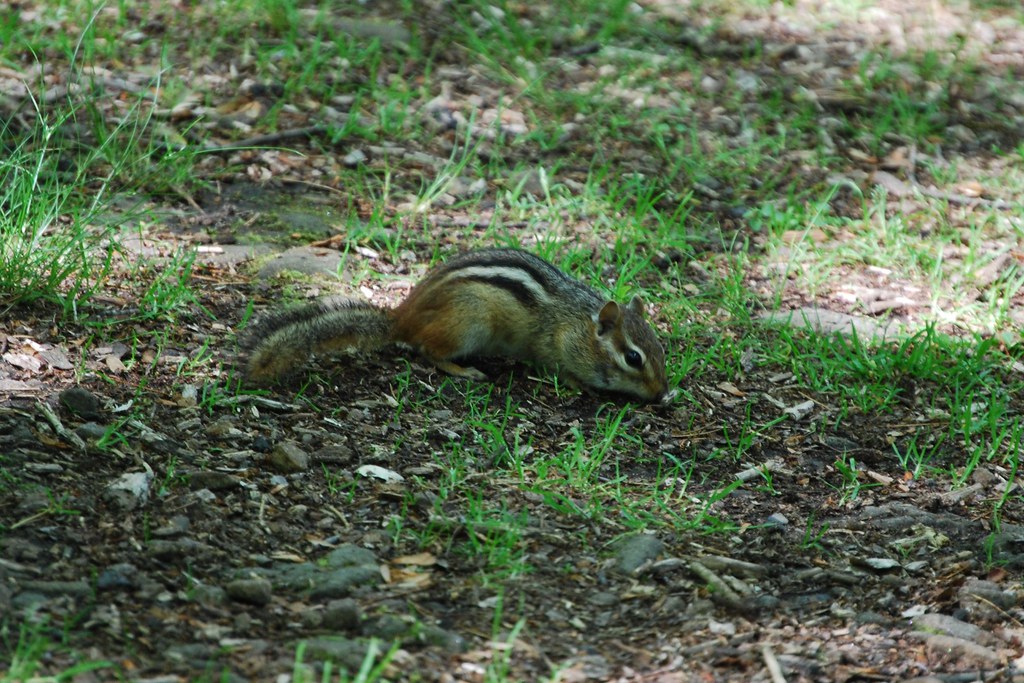

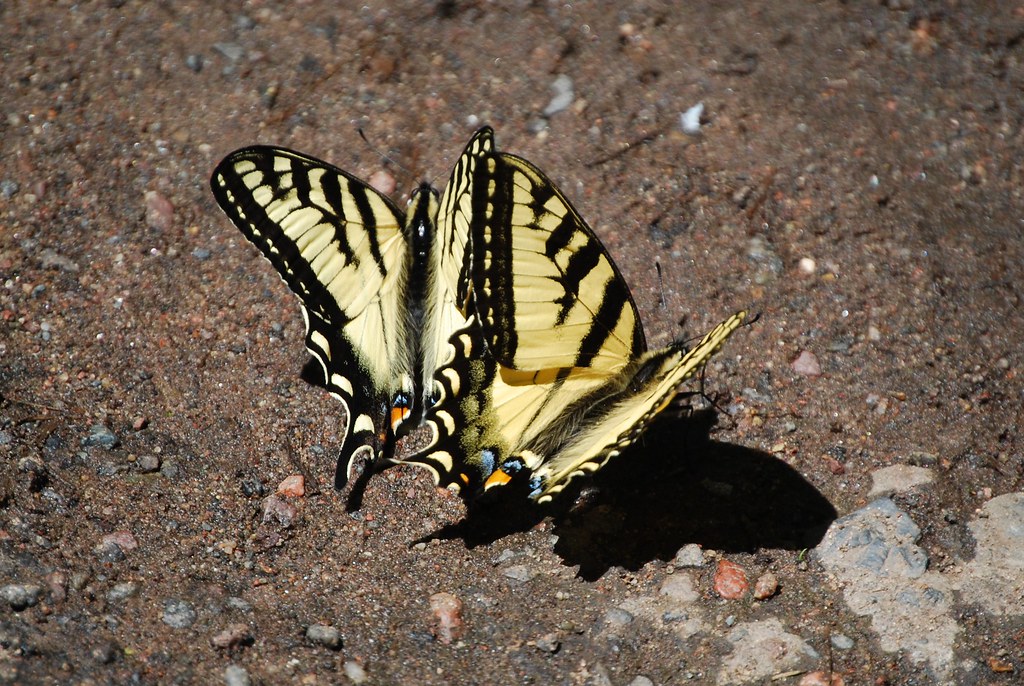
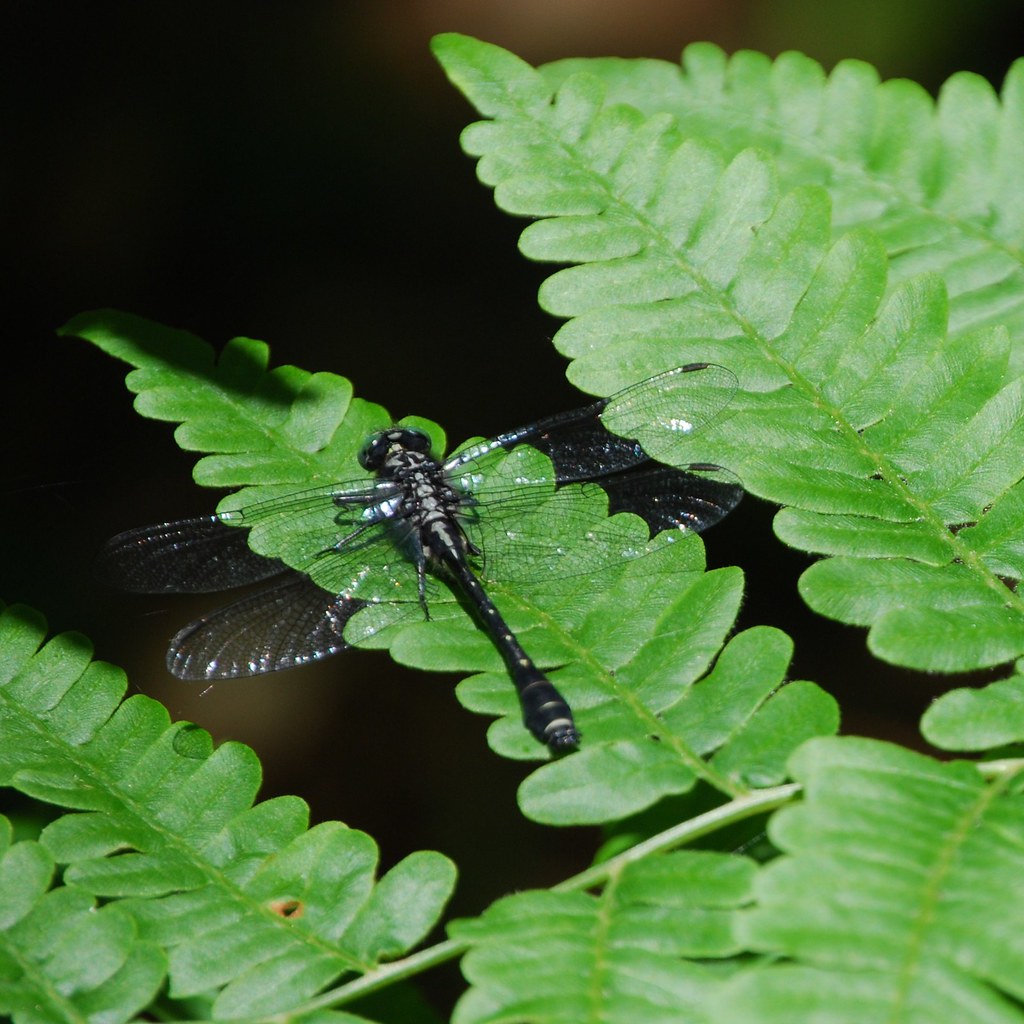
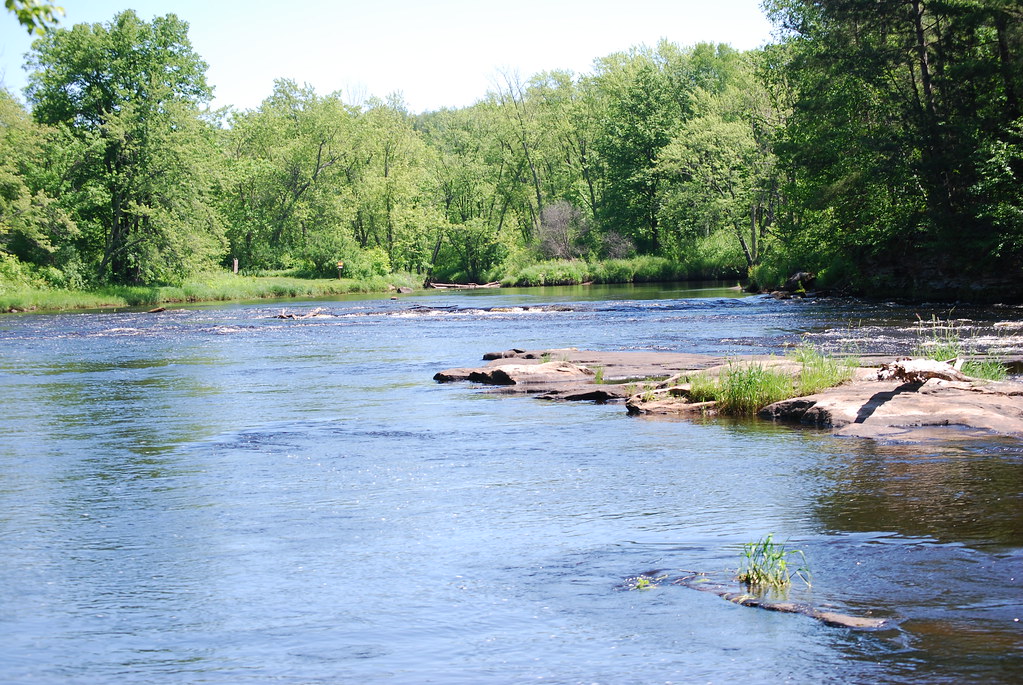
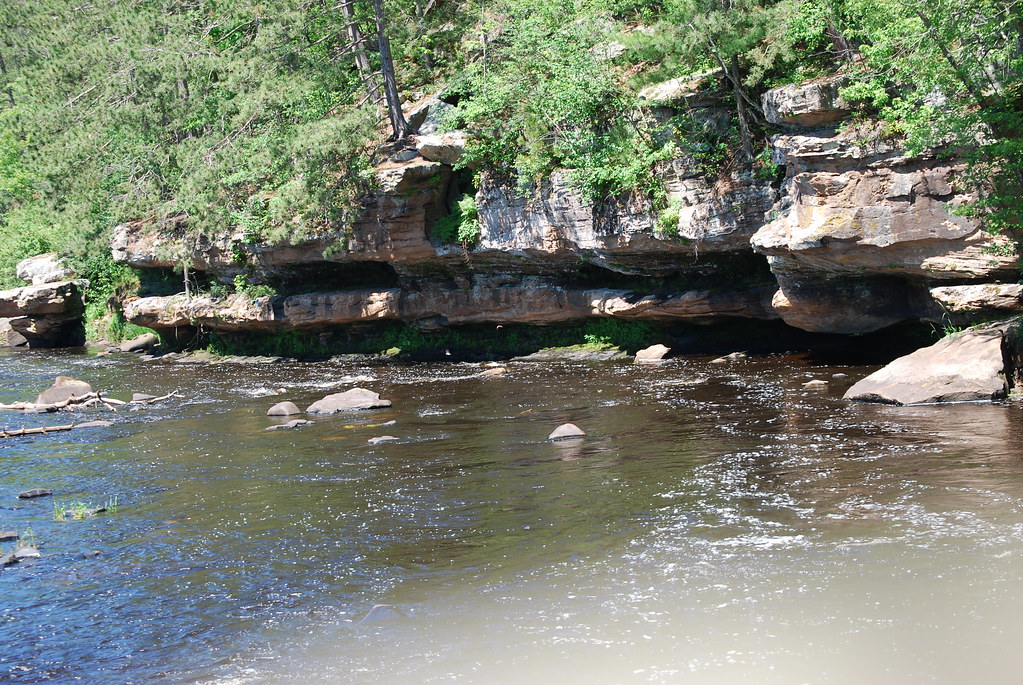
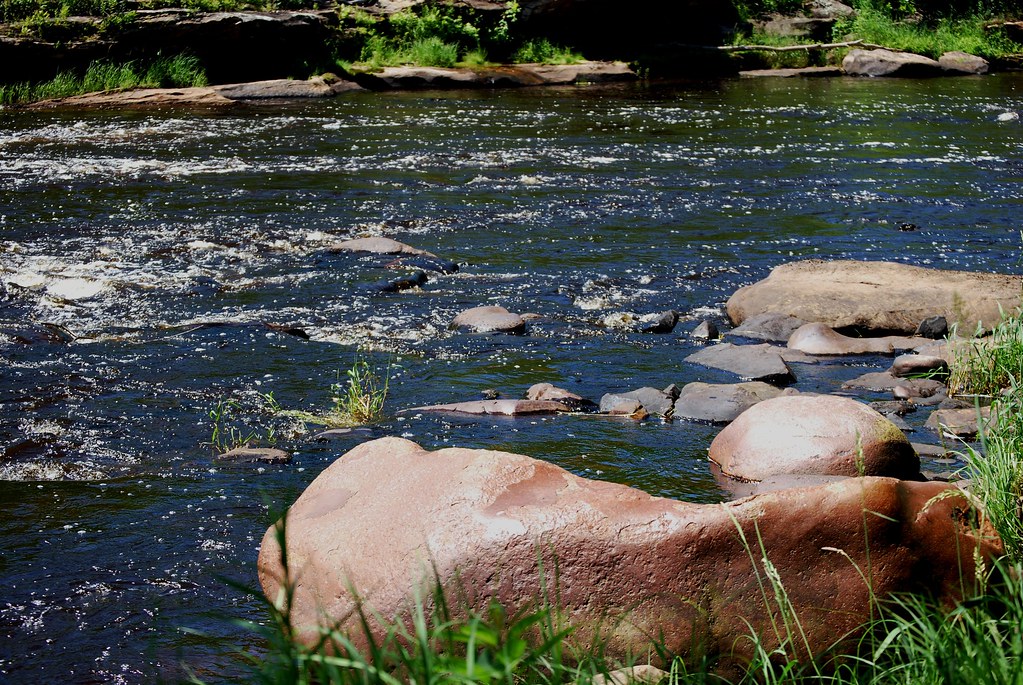
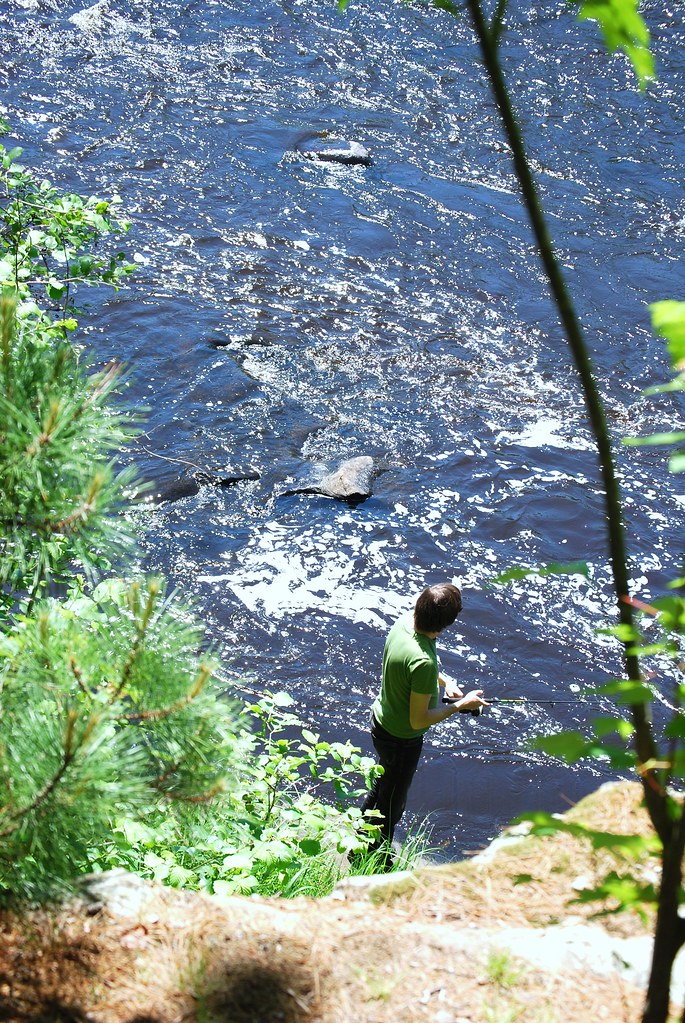
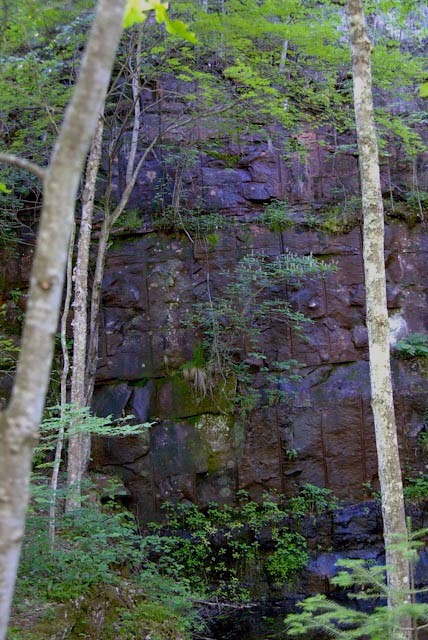



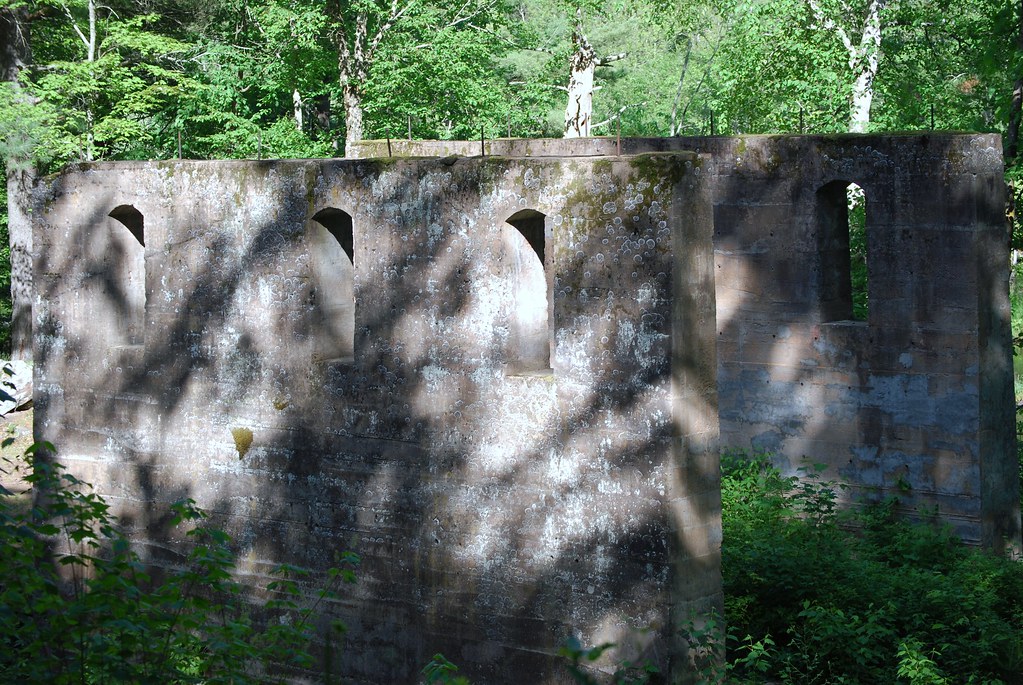
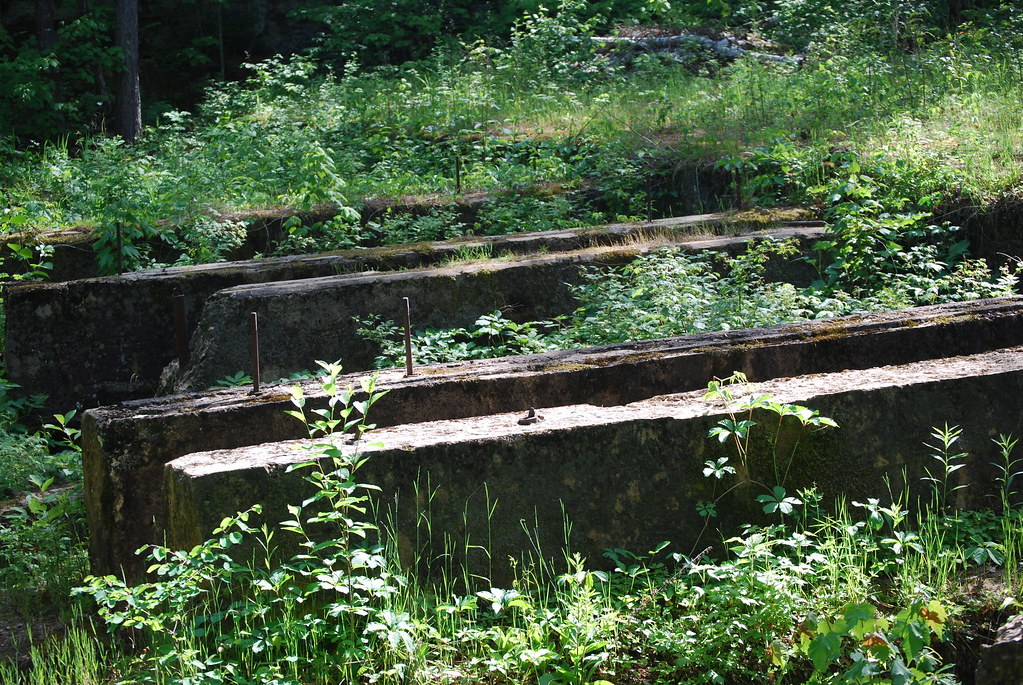
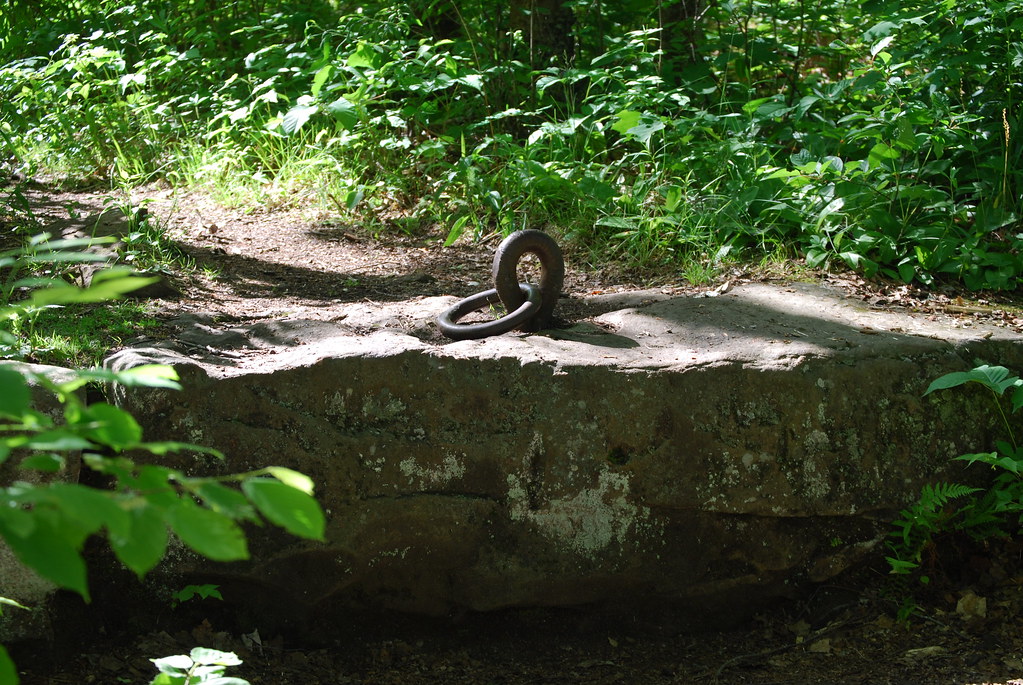

2 comments:
Thank you for this magical journey. The creatures seemed to know you are safe. I believe that places can hold memories of events and people who have been there--these "ghosts" keep history alive.
Thanks, Ken. You write well. Knowing Banning as I do, I felt you did an excellent job of capturing the highlights of the park's natural and cultural history. Your photos were great at telling the story in pictures. I have not read many blogs, but I can definately say that I like yours.
Post a Comment